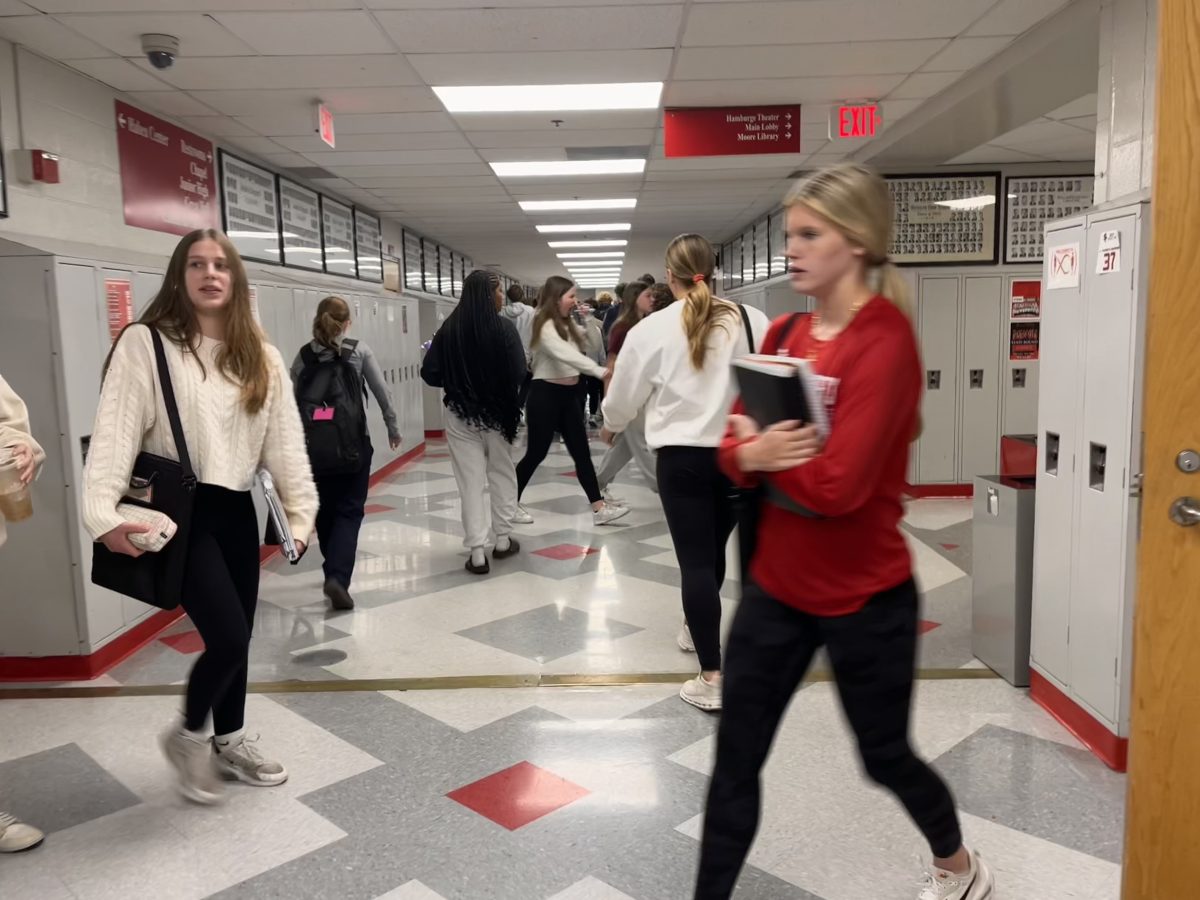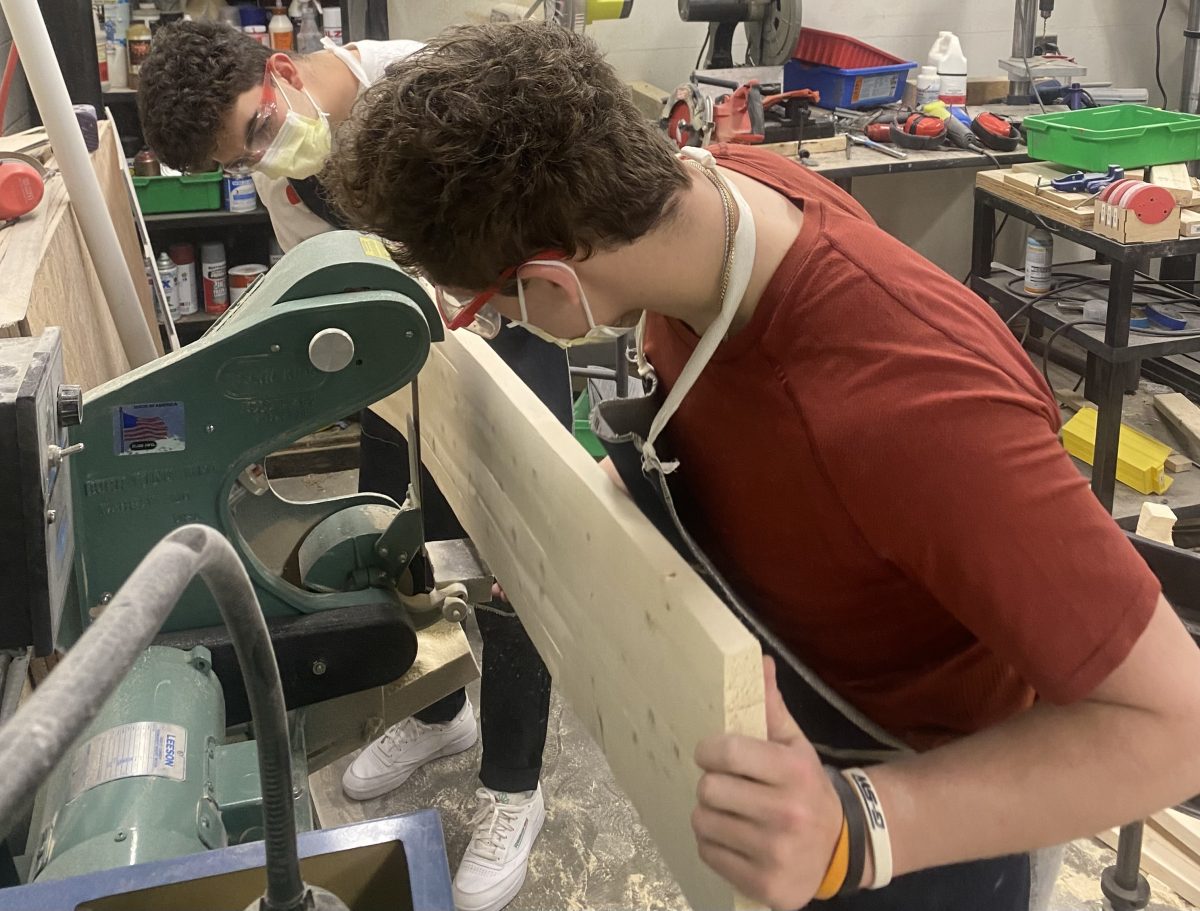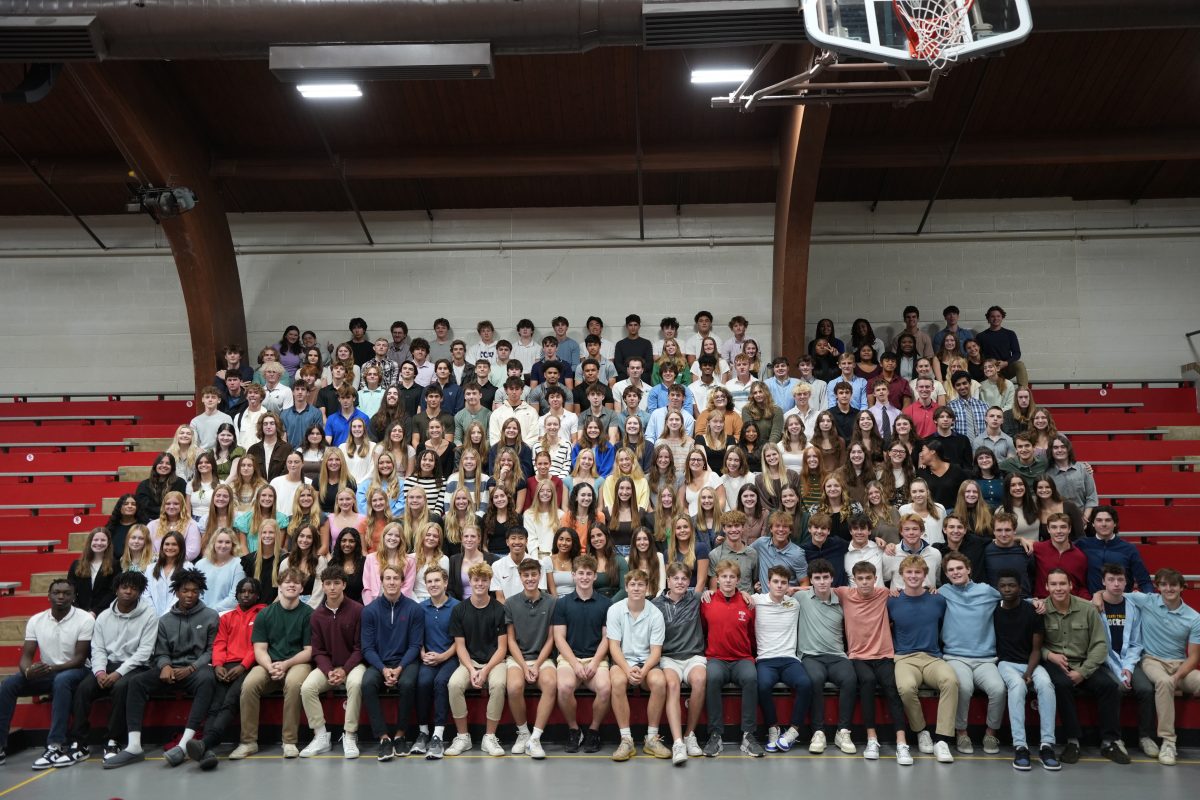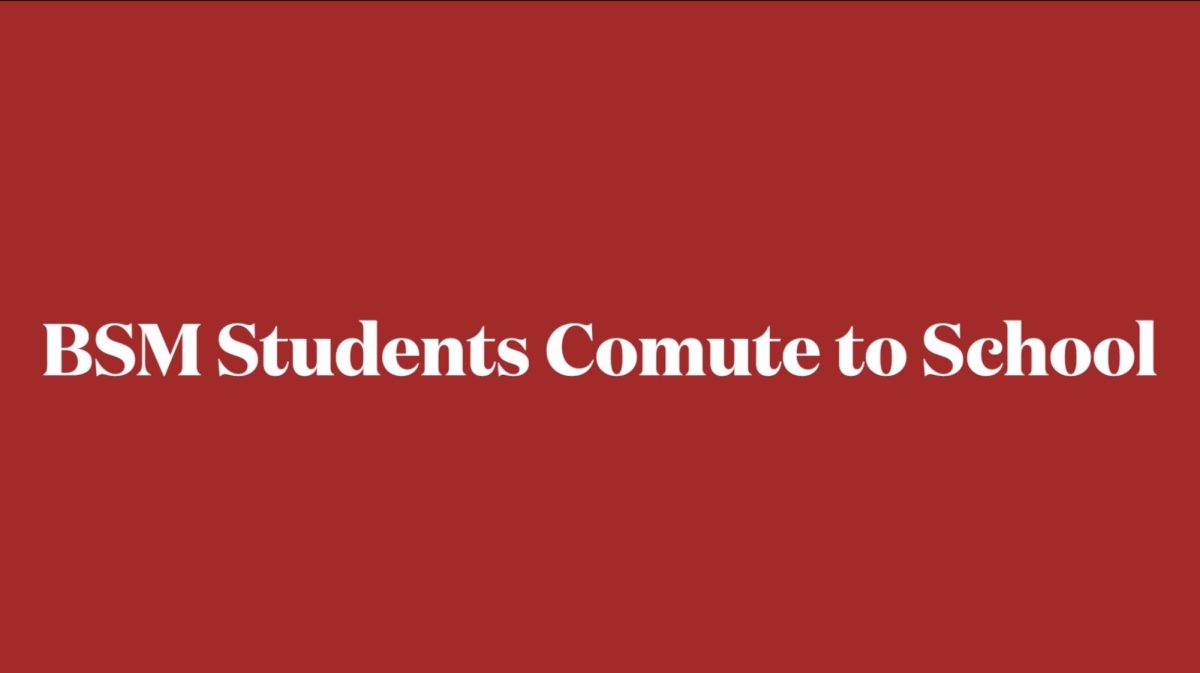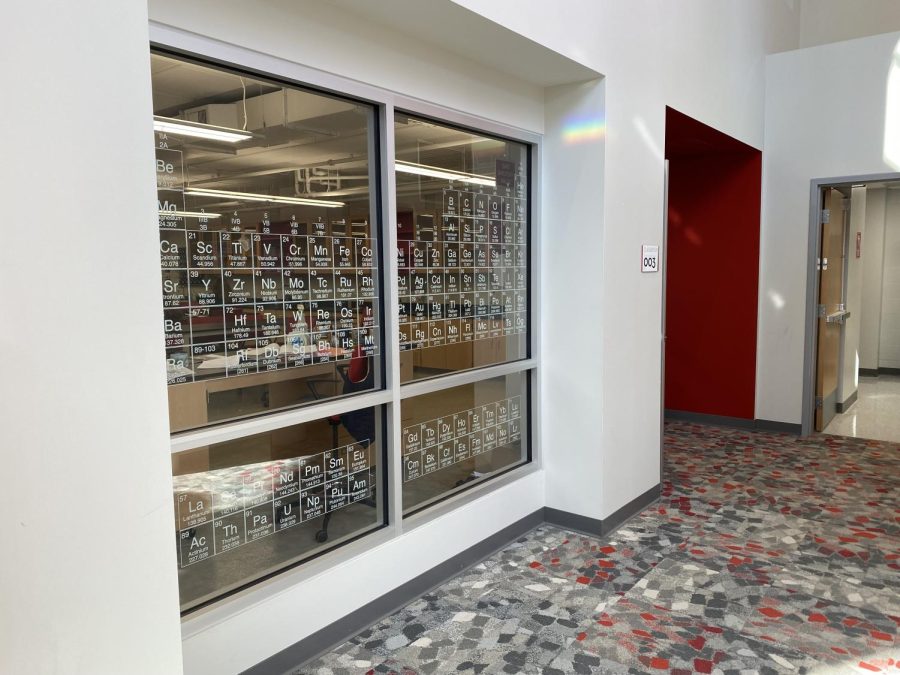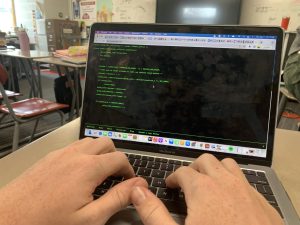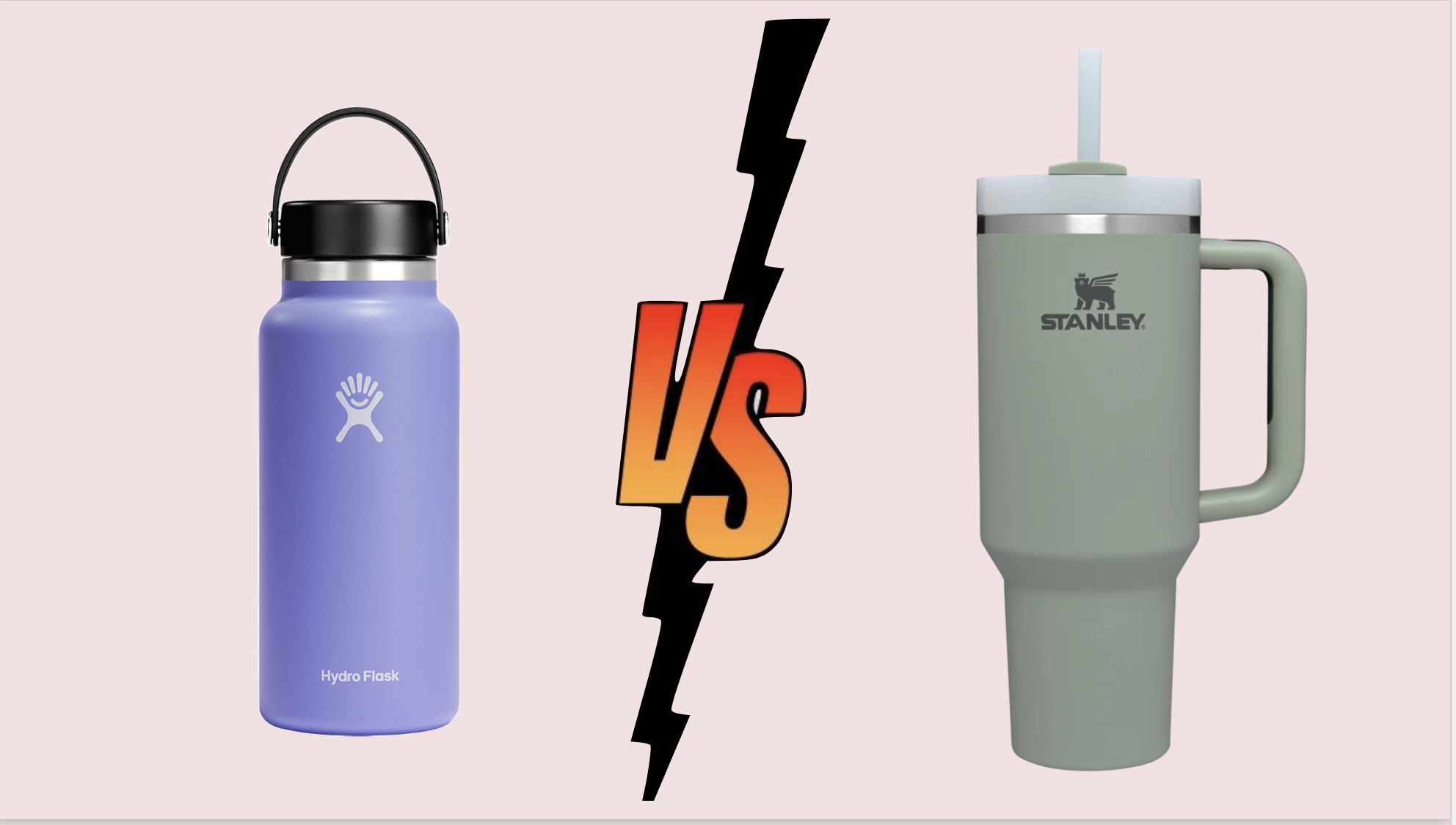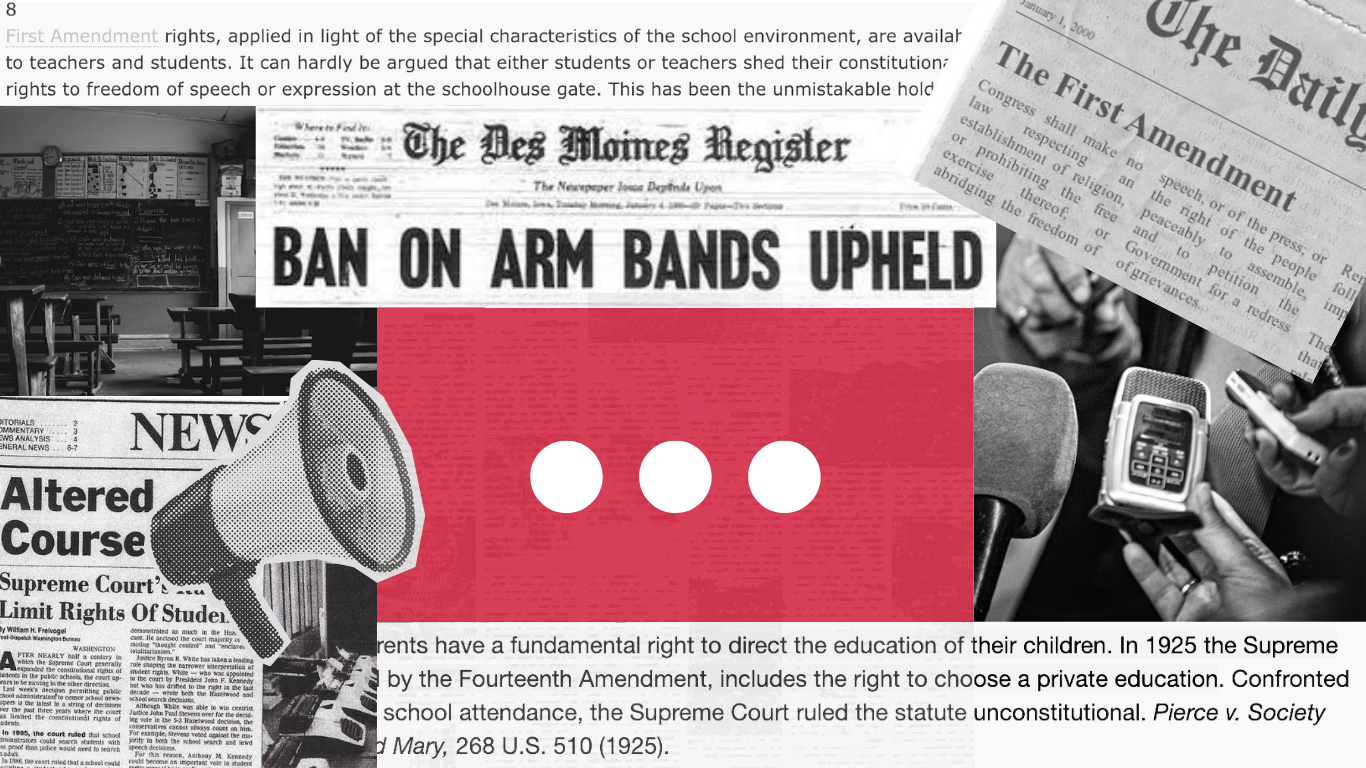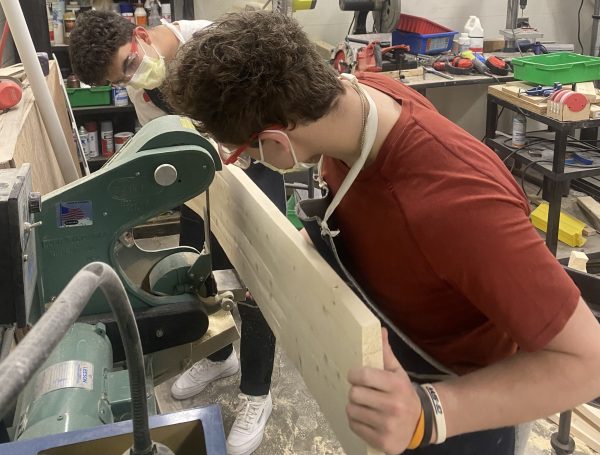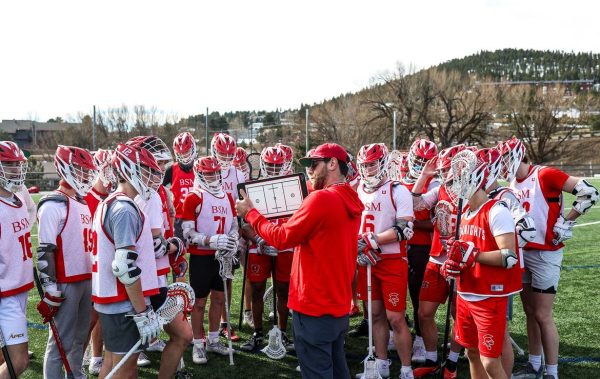Science Curriculum to change for the 22-23 school year
The transition period as incoming students and current students overlap in science classes will make it challenging to manage class sizes and teachers’ class distribution.
May 13, 2022
Science classes at BSM will look different in the next few years as the curriculum is reordered per new Minnesota state requirements. This change will start with physical education shifting to eighth grade and end with physics as a requirement for juniors. However, there won’t be a smooth transition as different grade levels will overlap in classes, and science teachers will have to teach different subject areas.
The change to the Minnesota curriculum starts in sixth grade, however, class changes at BSM will start in eighth grade. “In the junior high, seventh-grade science stays the same, and it’s still going to be life science. Then eighth grade used to be earth science, but it is now going to be physical science. The reason for that change is that they switched sixth grade, which we don’t have a BSM, to Earth science, and then it’ll be life sciences and physical science,” Stephanie Lauer, current sophomore biology and freshman intro physics and chemistry teacher said.
This new order forces a change in the senior high science department’s order of classes. “If they’re having physical science in eighth grade, then obviously you don’t want to repeat that freshman year again. So freshmen will now be taking biology, or honors biology. Sophomores will be taking chemistry, and then juniors will be teaching physics. Those three classes will be required, and then senior year that opens up more elective options like forensics, ecology, or biomed or any of those other science electives,” Lauer said.
This creates the new challenge of how to configure current senior high students’ schedules. “So for this year’s freshmen and sophomores, they essentially still take physical science or intro to physics and chemistry and then biology and then chemistry. Then senior year, they will be required to take physics,” Lauer said.
Current juniors will not be required to take physics their senior year despite the curriculum changes being implemented next year. “It would be too difficult for some of them to fit it in their schedule; many juniors already have their senior year courses planned out, and it wouldn’t be fair to change the graduation requirements with such short notice,” Lindsey Novak, freshman chemistry and physics teacher, said in an email interview.
Despite an increase in the number of students taking biology and chemistry as the new curriculum is introduced, the science department is committed to keeping class sizes small. “Currently the goal for science classes is to cap the number of students at 24, so that would still be the goal,” Lauer said.
The greatest effect of the curriculum change will be on teachers who will have to teach areas of science that they haven’t in years. “The main impact will be science teachers needing to be flexible with what they teach. We will have a bigger than usual group of students taking biology next year, and then chemistry the year after that, so teachers may need to shift what classes they normally teach in order to accommodate the students,” Novak said.





